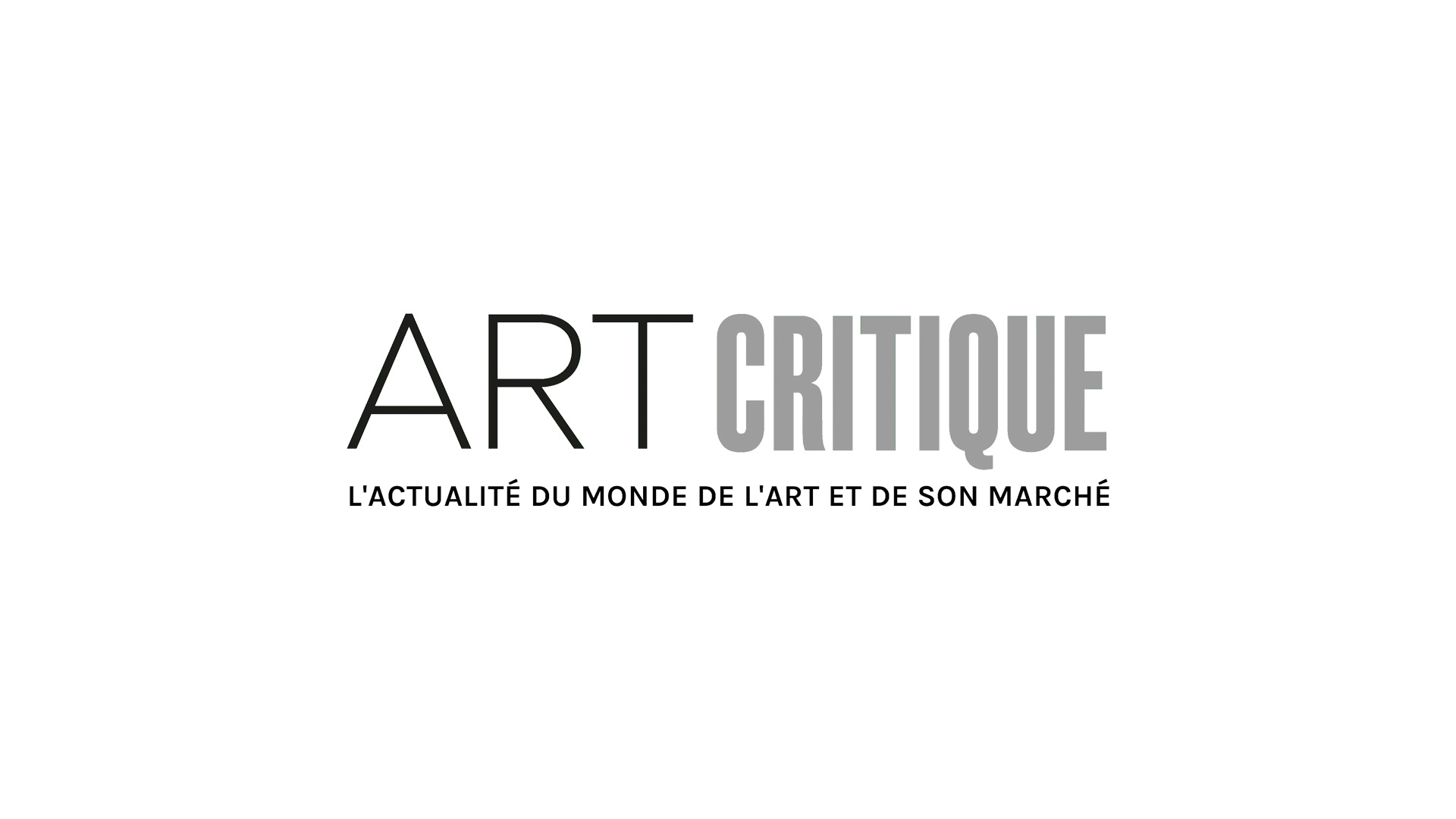School’s out for summer. School’s out forever.
While the legendary Alice Cooper line may be a bit of hyperbole, this is one year where there was reason to pause on whether we were going to see a normal return to our schools and post-secondary education systems any time soon. As the world over begins to approach the start of a new school year while still in the throes of the COVID-19 pandemic, institutions are rushing to calm the concerns of student-bodies and families alike with planned measures and promised diligence. Rather than dig into the shaky ground these plans are founded on, let’s focus in on one worrisome side of the equation: back to school for the arts.
To put it bluntly, school systems are likely going to decapitate their arts programs in the wake of the ongoing crisis. It is no secret that in the vast majority of public schools when changes need financial support, it’s siphoned out of the arts. And with so many wanting a return to in-person education over more polished remote learning, the necessary adjustments for sanitary and distancing measures will cost a fair amount. It will be no surprise if few high school students get to take steps towards ambitions in theatre or the visual arts.
But the sorer issue comes at the level above. Post-secondary arts programs, and especially those of the performing arts, have uniquely challenging waters to navigate. There seem to be two obvious avenues for programs to take, each with their own downfalls. Option one is for arts programs to take the lead of many other university courses for the coming semesters and sticking with online learning. It should be noted that the vast majority of schools are offering no reductions on tuition despite the fact that students aren’t even receiving the benefits their astronomical fees usually boast. Access to classrooms, equipment, studios, resources, dedicated space. And for the arts, there is the glaring issue of not receiving the in-person guidance necessary for growing one’s skills. Actors and dancers especially would find themselves without true insight and support for their skills.
Option two is for things to return to their norm. Maybe certain protocols are put in place to limit the potential of contraction and to have students feeling safe, but other than that, things would just move the same way they always did. This is clearly the most tantalizing option and what the majority want to jump on. But this desire harshly excludes those that are already the most vulnerable from this ongoing situation. Individuals with compromised immune systems, or loved ones that do, simply can’t afford to put themselves in that position. There are also many suffering from severe anxiety or a host of other mental health struggles that are especially triggered by the obligation to return to normal contact despite the still-present threat of the disease. And if someone does take the risk of returning to school and ends up infected, financial stability makes a huge difference in where they can go from there if extreme symptoms arise. Should those most vulnerable during this time be forced to either risk their wellbeing or halt the progress of their careers?
Back to school for the arts is not a simple question and answer, just as it isn’t for most institutions. It has some uniquely worrisome obstacles with the attempt to return to normal, and both the practice and the social environment can suffer greatly if not handled with care. There are some institutions, like the National Theatre School, who seem keen to aid their students both financially and emotionally during these times of adjustment. But it seems far too many are in a heedless rush back to what we had, without the understanding that this simply won’t be the case for a long while.





